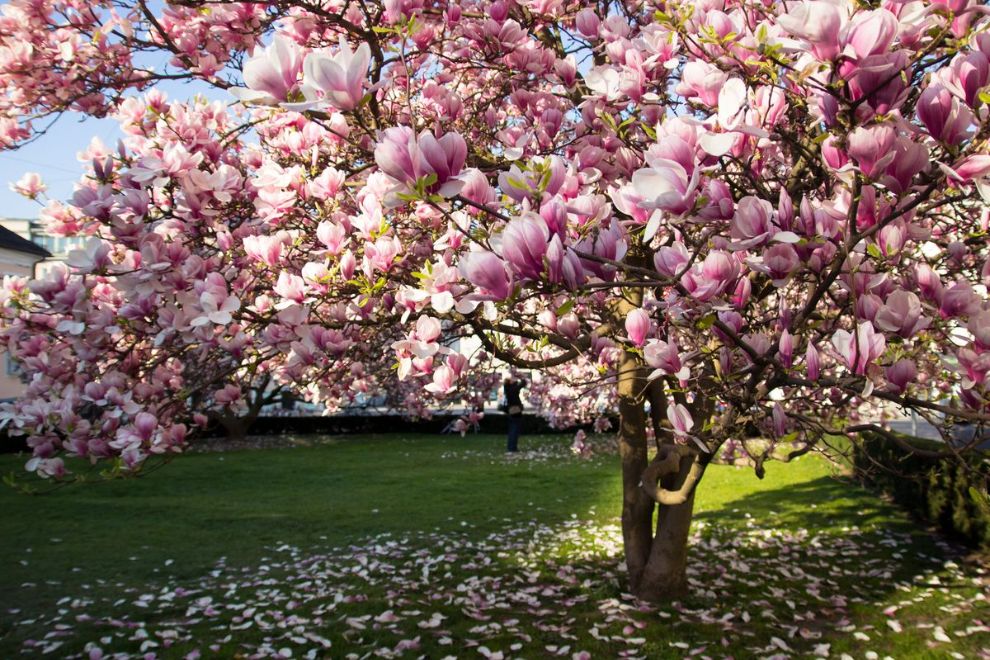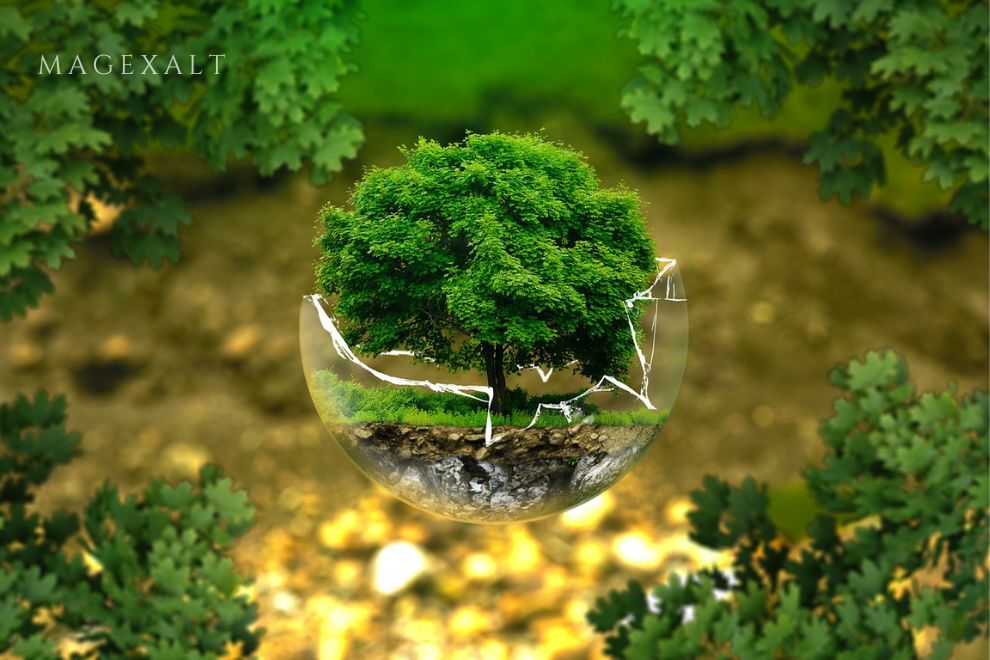The magnolia flowers, the first blossoms to open in Australia, bloom before there are leaves on the tree and stand out along the artistically gnarled bare branches. Originating from the northern hemisphere, particularly east Asia, magnolias prefer a temperate-to-cool climate and are thriving in front gardens throughout the southern states of Australia. They can be grown in pots but prefer deep, rich, slightly acidic soil.
While magnolia flowers are beloved for heralding the arrival of warmer weather, they are also edible. The petals are eaten, and the younger petals – when flowers are still buds or just starting to emerge – are the most palatable.
Could be Incorporated in Several Ways
As with most edible wild foods, their flavor becomes more bitter as they age. Different species have different flavors, but the bog-standard purple and pink tinted saucer magnolia (Magnolia × soulangeana) is most commonly used in cookery.
The petals possess a powerful clove and ginger flavor and can be consumed fresh, cooked, pickled, dried, and used in tea. Rob Gould of the Cotswold Forager swears by a fresh magnolia flower wrapped around a chocolate brownie. You can also try them raw in a salad – they pair well with radicchio, goat cheese, red onion, fennel, and orange. They’re excellent in cocktails and dessert drizzles or dried and ground into a powder to replace dried ginger.
Pickled Magnolias
The spiced, gingery, and sometimes clove-y flavor of pickled magnolia petals is incredibly potent. You can use them in place of straight-up pickled ginger, dip them in tempura batter and fry them, or chop and toss them through salads. Pickling them only takes two to three days and keeps them in the fridge for six to 12 months, making them a great preserve to try when the flowers are blooming. The beautiful pink vinegar can be used in cooking when you want a flavored acidic hit after eating the flowers.
Magnolias Across The Globe
According to the research, there are no known cases of poisonous magnolias. That said, there are a number of magnolia species known for their edibility, including:
- Magnolia grandiflora: An evergreen tree with big white flowers, originally from North America.
- Magnolia denudata: A smaller, very fragrant tree from China, with white flowers striped with pink.
- Magnolia obovata: A large deciduous tree, reaching up to 30m in height, with big leaves up to 40cm long and creamy flowers, native to Japan.
- Magnolia kobus: A medium deciduous tree from Japan and Korea, with large white or pink flowers.
- Magnolia mexicana: Native to Central America, this tree features big white flowers.
- Magnolia pterocarpa: An evergreen tree from India and Nepal, with small leaves and white flowers.
- Magnolia soulangeana: The most commonly planted species, deciduous, with flowers ranging from white to pink, red, and purple.






